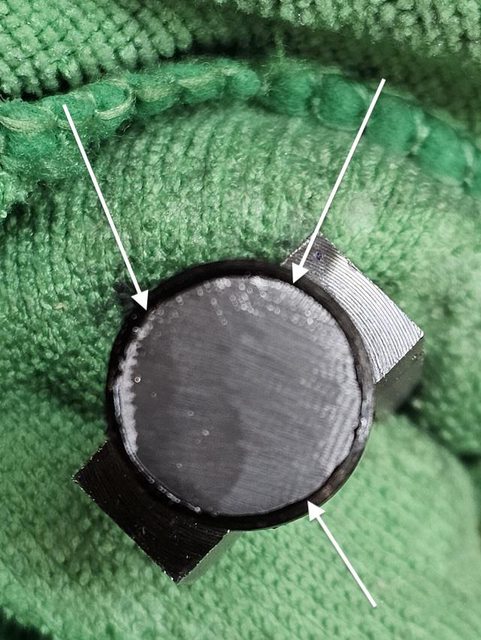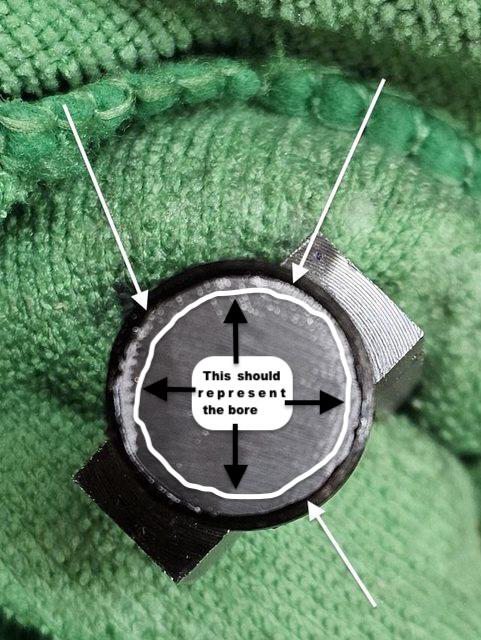
Ok, so I’m the fool (see Parts and instruction thread) who’s going to complete this Ky pistol. So you can see the breech plug is hand tight but lacks a few degrees of rotation to be aligned. I will assume that vise and wrench will solve this but my machinist education tells me I should add some thread locker. Another additional option I see is to drill and tap the underside for a set screw with small brass plug against the threads. What say the more experienced builders here?






